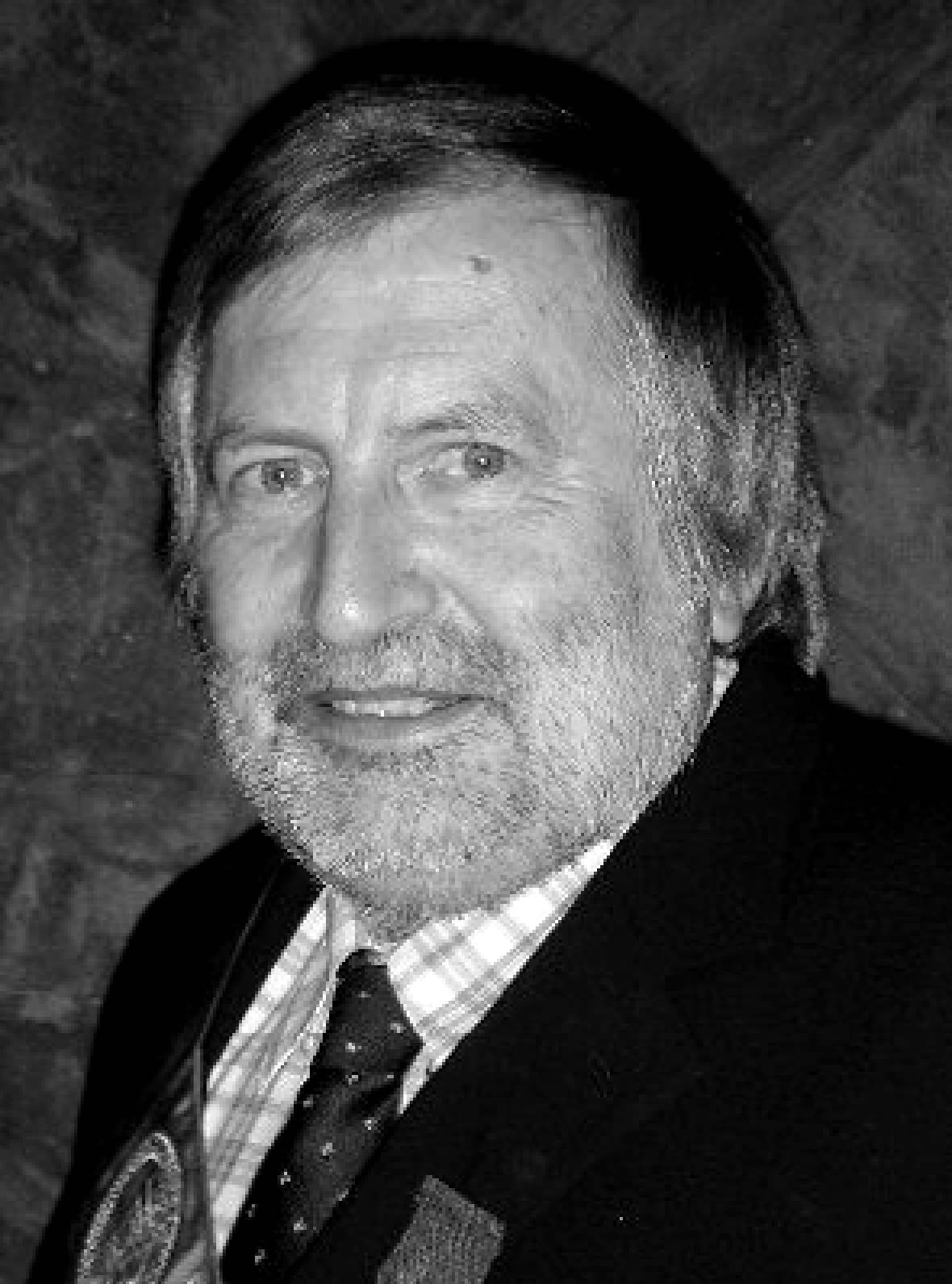- O(3) Electrodynamics: A Second Reply to Hunter (2000) [Updated 7 years ago]
- On the Application of the Lorentz Transformation in O(3) Electrodynamics (2000) [Updated 7 years ago]
- The New Electrodynamics (2000) [Updated 7 years ago]
- Electron and Proton Spin Resonance Induced by Circularly Polarized Radiation: A Classical Derivation (1998) [Updated 7 years ago]
- Helicity and the Electromagnetic Field (1997) [Updated 7 years ago]
- Toward an Understanding of Electromagnetic Phenomena (1997) [Updated 1 decade ago]
- Introduction: History of the B(3) Field (1997) [Updated 1 decade ago]
- O(3) Electrodynamics: A Second Reply to Hunter (2000) [Updated 7 years ago]
In O(3) symmetry electrodynamics the field tensor is governed by a non-Abelian Stokes Theorem, as in any non-Abelian gauge theory. The comments on the B(3) component of this field tensor by Hunter in this Issue address B(3) as if it were a U(1) symmetry field, governed by the ordinary Stokes Theorem, and are therefore sequentially erroneous, because there is a basic misunderstanding of the nature of O(3) electrodynamics inherent in the article.
- On the Application of the Lorentz Transformation in O(3)
Electrodynamics (2000) [Updated 7 years ago]
The correct method is given for application and interpretation of the Lorentz transformation in O(3) electrodynamics. This method relies on the invariance of the equations of motion in free space under Lorentz transformation, and on the correct interpretation of vector components.
- The New Electrodynamics (2000) [Updated 7 years ago]
In this Issue of Apeiron dedicated to electrodynamics several points of view are presented in order to synthesize and measure progress. Classical and quantum electrodynamics are still considered by the majority of physicists to be the most accurate and complete theories in physics. Considerable development of the subject has occurred however, especially in the past decade, and this Issue seeks to briefly overview this progress, in the form of papers and scientific debate. The early stages of a paradigm shift are characterized by the sudden emergence of one or more new ideas, followed by considerable debate. This is especially true of theoretical physics, and especially true when the empirical testing of ideas is difficult or lags behind the theory. One of the ideas behind the paradigm shift currently taking place is that electrodynamics is determined ultimately by the topology of the structured vacuum of contemporary physical thought. The topology is developed in terms of gauge theory and group theory. The received view is recovered by assuming that the internal gauge space has U(1) symmetry. The new paradigm that has emerged over the past decade replaces the U(1) group by the O(3) group. The reaction to this idea is typical of the second stage of a paradigm shift and is exemplified in the debate between Hunter and Evans in this Issue, one of many such debates in the literature of the past decade, essentially a discussion between two schools of thought, one based on U(1), the other on O(3). The other papers in this issue reflect new developments within U(1), and are equally important as a sign that the received view is changing slowly within the U(1) ansatz itself. Dr. Phipps, for example, has contributed an interesting article in which his eqns. (3) have the same overall structure as the equations of O(3) electrodynamics in the vacuum, i.e. there is a vacuum charge and current present, whose structure in O(3) electrodynamics is derived from the topology of the vacuum.
- Electron and Proton Spin Resonance Induced by Circularly Polarized Radiation: A Classical Derivation (1998) [Updated 7 years ago]
Classical electrodynamics is used to demonstrate electron and proton spin resonance induced by classical, monochromatic, circularly polarized radiation. The effect is present in SU(2) symmetry as indicated by the minimal prescription, whose covering group is O(3). The interaction Hamiltonian is shown to be, H = -aS3sZ ? k, where a is the electron or proton polarizability; S3 is the third Stokes parameter; sZ is the Pauli matrix; and k is a unit vector in Z.
- Helicity and the Electromagnetic Field (1997) [Updated 7 years ago]
The structure of the Poincare group gives, under all conditions, an equation of field helicity which reduces to the Maxwell equations and also gives cyclic relations between field components. If the underlying symmetry of special relativity is represented by the Poincare group, it follows that the Maxwell equations and the cyclic equations are both products of special relativity itself, and both stem from the equation of helicity. This means that the symmetry of special relativity demands the existence of longitudinal solutions of Maxwell's equations under all topological conditions. In particular, the fundamental spin component of the electromagnetic field is B(3), a longitudinal magnetic flux density which is free of phase and which is a topological invariant.
- Toward an Understanding of Electromagnetic Phenomena (1997) [Updated 1 decade ago]
On the basis of ordinary mathematical methods we discuss new classes of solutions of the Maxwell's equations discovered in papers by D. Ahluwalia, M. Evans and H. Munera et al.
- Introduction: History of the B(3) Field (1997) [Updated 1 decade ago]
The inference of the B(3) field was made in December 1991 after my return to Cornell from a year at the University of Zurich working on the inverse Faraday effect. Its subsequent history is recorded here to illustrate the lack of objectivity among some physicists in the present era. The erosion of the traditional right of reply is also illustrated by these events.
The first papers on B(3) were published in Physica B, 182, 227, 237 (1992) after some revision. They were probably refereed by Peter Atkins of Oxford, but I cannot be sure of this. The referee made the usual comment that the hypothesis should be tested experimentally.


